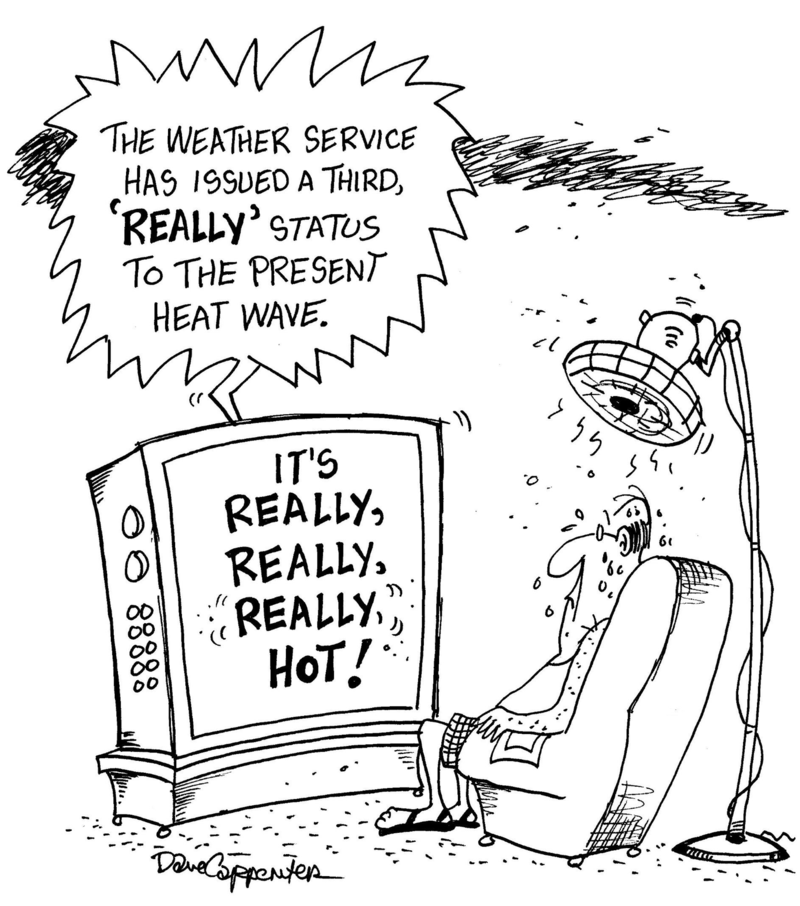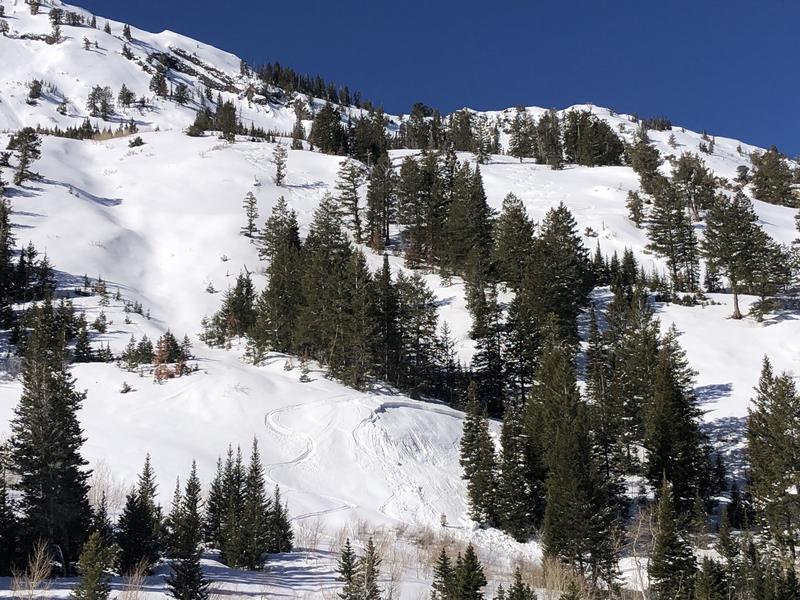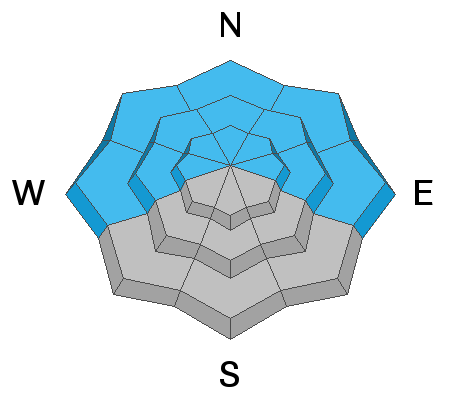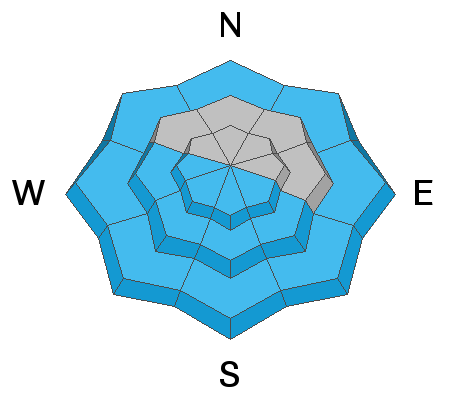Forecast for the Salt Lake Area Mountains

Issued by Nikki Champion on
Thursday morning, March 24, 2022
Thursday morning, March 24, 2022
A MODERATE avalanche danger exists on steep west to north to east facing aspects at all elevations. Here, you can trigger avalanches 1-3' deep that fail on a persistent weak layer of faceted snow.
On all steep southerly facing terrain, and low elevation northerly terrain the avalanche danger will rise to MODERATE for wet-loose avalanches as strong sunshine and warm temperatures begin to heat the snow surface throughout the day.
Timing will be the name of the game over the next few days - once the snow surface becomes wet and unconsolidated it is time to move off of and out from underneath any steep slopes.
Timing will be the name of the game over the next few days - once the snow surface becomes wet and unconsolidated it is time to move off of and out from underneath any steep slopes.
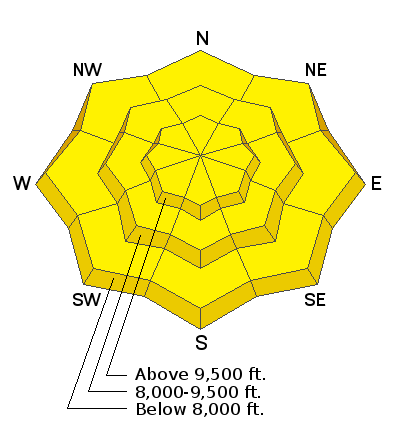
Low
Moderate
Considerable
High
Extreme
Learn how to read the forecast here


